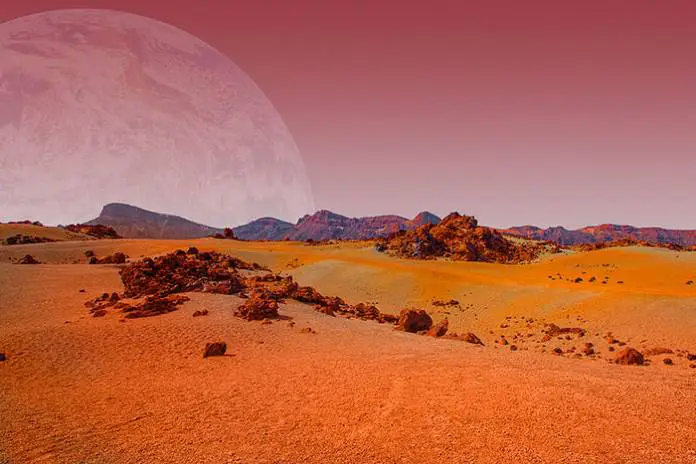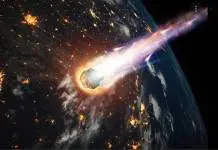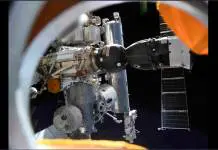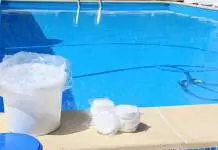
NASA has outlined new rules that will serve to protect the Moon and Mars and even our Earth from interplanetary alien germs and biological contaminations. The two new regulations known as NASA Interim Directives (NIDs) are very important because with increased human spaceflight to the lunar surface and the Red Planet, the moon and Mars risk getting contaminations transported from our Earth.
More importantly, the NIDs also aim to prevent the importation of alien germs in planetary bodies back to Earth where they could threaten human health and survival like COVID-19 is presently doing.
According to NASA Administrator Jim Bridenstine, any germs taken from Earth to Mars and the moon could interfere with the integrity of future scientific research in space since researchers could mistake contamination accidentally planted in space during previous missions with new discoveries in the spacial bodies. He said scientists could find germs in the planetary bodies in the future, not knowing they were accidental contaminations by humans in previous flights.
The core points of the NIDs are that germs or any forms of biological contaminations must not be taken from Earth to space, and those in space must not be brought back to Earth to fight humans. Bridenstine said the regulations were developed to protect the interests of the scientific, commercial, and human communities.
“We’re trying to balance the interests of the science community, the interest of the human exploration community, and the interest of the commercial community,” Bridenstine said. He noted that future explorations must protect cosmic bodies as “a pristine environment so we have the ability to know that what we discover in the future was not something that was left there by us. We have to make sure that we are inventorying every kind of biological substance and even non-biological substance — organics for example — that could leave something behind on the moon that could be problematic for future research.”
The NASA chief said some parts of the moon require more protection from biological contamination than others – such as the permanently shadowed regions at the floor of craters near the lunar poles – since such areas are believed to have water ice which may hold the secrets to understanding our world and the entire solar system.
“We are enabling our important goal of sustainable exploration of the moon while simultaneously safeguarding future science in the permanently shadowed regions,” Thomas Zurbuchen, Associate Administrator of NASA’s Science Mission Directorate. “These sites have immense scientific value in shaping our understanding of the history of our planet, the moon, and the solar system.”
Source: space.com











